7 Things You Need To Know Before Buying Colored Pencils
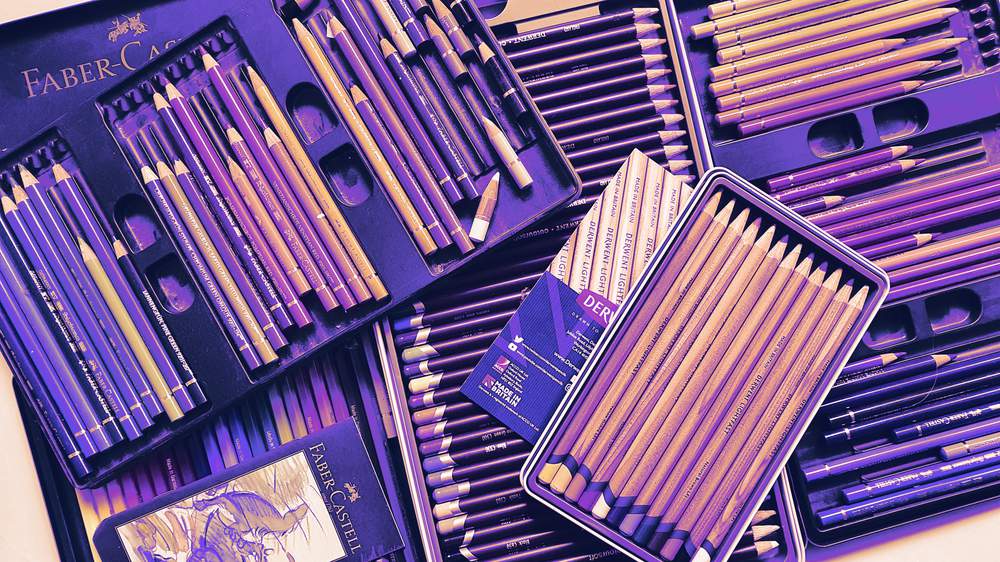
Whether you're a seasoned artist or just starting out, selecting the right colored pencils can make a significant difference in the quality and outcome of your artwork.
With so many brands, types, and features available, it can be overwhelming to know where to begin. To help you make an informed decision, I've compiled a list of seven things you need to know before buying colored pencils. From understanding the differences between oil-based and wax-based pencils to considering the importance of paper quality and lightfastness. We'll cover everything you need to know to confidently select the right colored pencils for your artistic needs.
Read on to learn more about what to look for when shopping for colored pencils.
If you want to find out what pencils are best, check out this article listing the best colored pencils.
What do you need to know before using colored pencils?
1. Colored pencils are available in two different types: oil-based and wax-based
One of the most important things to know about colored pencils is that they are available in two different types: oil-based and wax-based. Each type has unique properties that affect how you draw with them.
Wax-based colored pencils are often very soft and creamy, which makes them ideal for blending and drawing color transitions.
On the other hand, oil-based colored pencils are known for their hardness and vibrant colors. This makes them ideal for artists who make very detailed and vivid drawings.
When choosing colored pencils, it's important to consider which type will work best for your artistic style and preferences. I wrote an article about the differences between wax-based and oil-based colored pencils and which one might be the best fit for you. So do check that article out if you want a more in-depth comparison between the 2 types.
2. What paper you draw on has a huge impact on the outcome of your drawing
Choosing the right paper is crucial when working with colored pencils as it can greatly impact the outcome of your drawing.
For harder colored pencils a more textured paper might be better as it allows the pigment to stick easier to the surface compared to other paper. It also allows you to layer a lot more.
Smooth paper on the other hand might be better for softer wax-based pencils as the smooth surface makes it easier to blend different colors.
Smooth papers, on the other hand, can make it difficult to blend and layer the colors properly. Another important factor to consider is the weight of the paper, which determines how much pressure it can handle without tearing or becoming damaged.
Heavier-weight papers are generally better for colored pencils as they can handle more layers and provide a sturdier surface for the pigment. It's important to experiment with different types of paper to find the one that best suits your artistic style and the effect you are trying to achieve.
Here you can find a list of my favorite paper for drawing with colored pencils.
3. Not all colored pencils are opaque, some are transparent
It's important to note that while many colored pencils are opaque, some can be a little transparent.
Transparent colored pencils are made with less pigment, allowing light to pass through the layers and creating a luminous effect. This quality makes them a great choice for artists who want to create a subtle and delicate look in their artwork. However, it's important to keep in mind that transparent colored pencils may not work well on all surfaces as you can often see the grain of the paper through the pigment. They also may require more layers to achieve the desired effect.
In my experience, every brand of colored pencils has a few slightly transparent colors. There's not much you can do about it.
4. Solvent is very useful for colored pencils
Solvents, such as rubbing alcohol or mineral spirits, can be useful when working with colored pencils. It can be used to blend and smooth out colors, creating a more cohesive and polished look in your artwork.
Solvents are especially useful for layering colors and creating gradients, as they allow the pigments to blend seamlessly. However, it's important to use solvent sparingly and with caution, as too much can cause the paper to become saturated and lead to unwanted smudging. Additionally, solvents should only be used on thicker paper that can handle the added moisture.
In this article, you can read more about how to use solvents to blend colored pencils.
5. Not all brands sell individual colored pencils
It's worth noting that not all colored pencil brands sell individual pencils, and instead may offer sets of varying sizes. This can be frustrating if you want to build your collection or replace specific colors. That's why it's always important to check if the colored pencils you're considering buying are also available separately.
6. There are huge differences in quality between brands
It's important to note that there can be significant differences in quality between colored pencil brands.
Some brands offer higher-quality pigments that produce more vibrant and long-lasting colors and protective barrels, while others may use lower-quality materials that can result in a less impressive outcome and a less pleasant experience.
When selecting colored pencils, it's important to do research on different brands and read reviews from other artists to determine which ones are known for producing high-quality results. Investing in a set of high-quality colored pencils can ultimately lead to more successful and satisfying artwork.
7. Not many brands of colored pencils are lightfast
It's important to be aware that not all colored pencils are lightfast, meaning they may fade or change color over time when exposed to light.
Lightfastness is determined by the quality of the pigments used in the pencil, as well as the binder and other materials. Some brands offer higher levels of lightfastness, but it's important to check the ratings on individual pencils or sets before purchasing.
If you are creating artwork that will be displayed or sold, it's especially important to use lightfast pencils to ensure the longevity of the artwork. But if you're just drawing for fun and want to learn how to draw you don't need to take lightfastness into account.
I've made a list of the best lightfast colored pencils for you to check out.
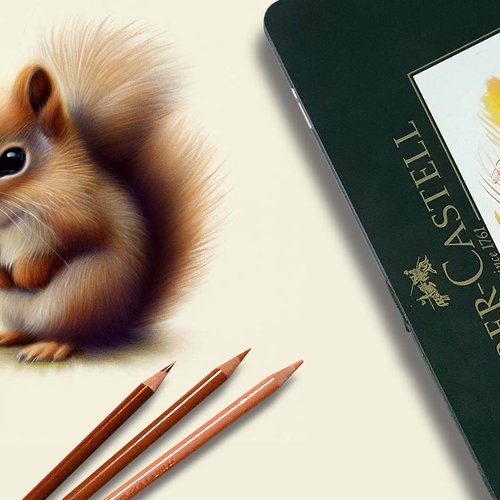
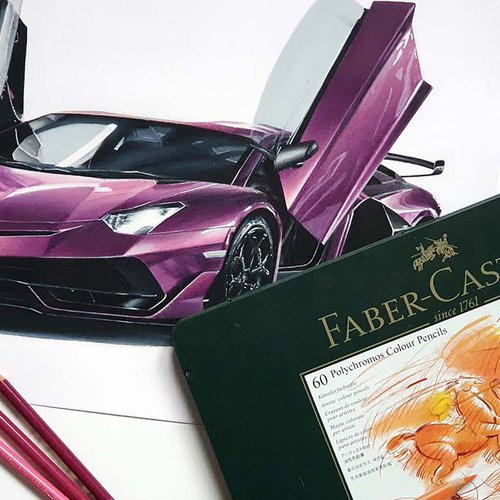
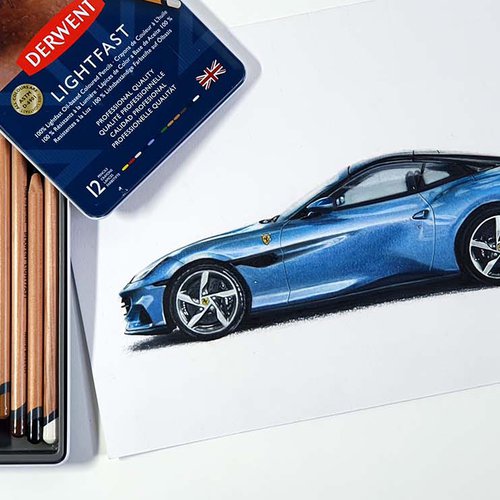
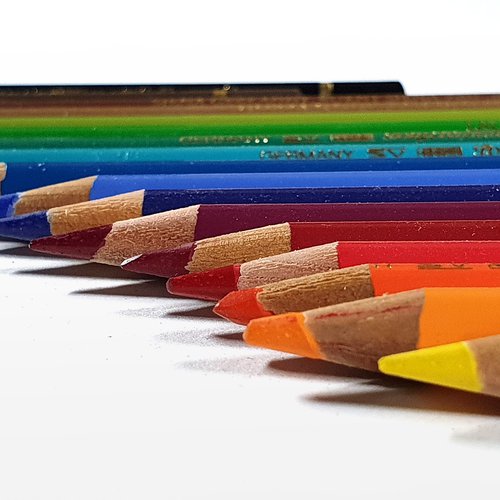

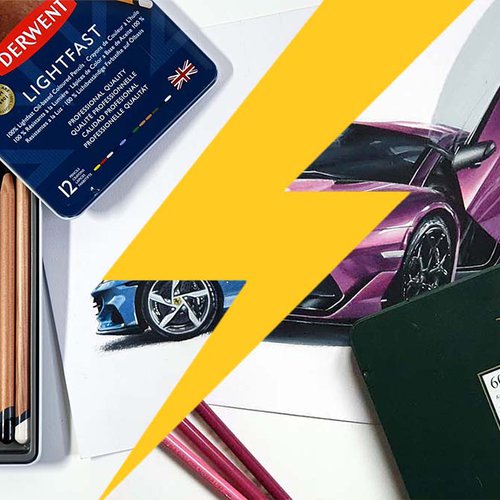
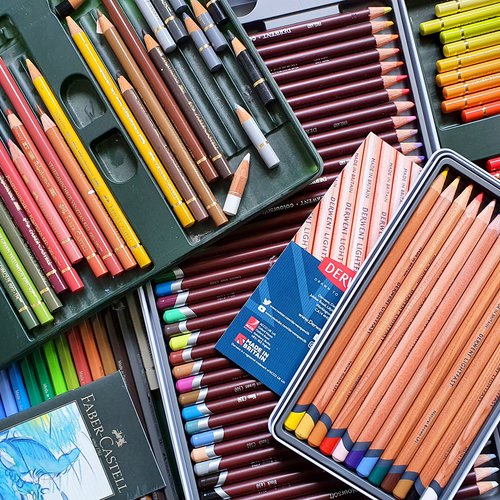




Be the first to comment!
Comments
There are no comments yet.